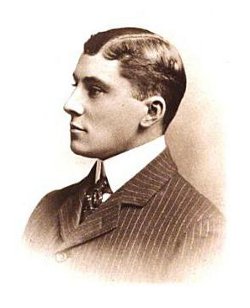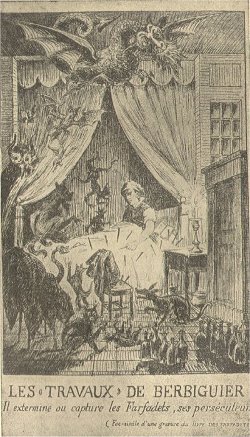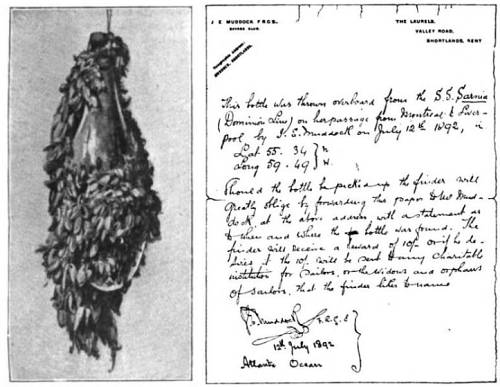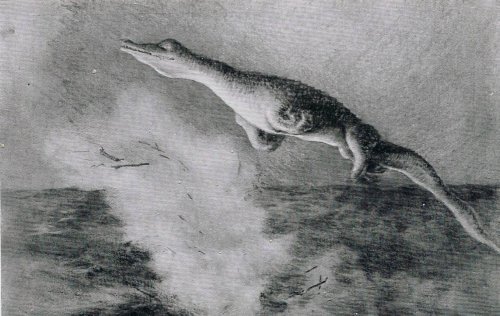About the year 1772 there died at Mile End, England, a well informed goat, if traveling and seeing the world would make it so. It twice circumnavigated the globe; first in the discovery ship Dolphin, with Captain Wallis, and afterward in the ship Endeavorer, commanded by the celebrated Captain Cook. The Dolphin sailed from England August 22, 1766, and returned May 20, 1768. It visited many lands, including numerous islands of the Pacific, on this voyage. The goat did not remain ashore very long, for the Endeavorer sailed from Plymouth August 25, 1768. The vessel touched at Maderia, doubled Cape Horn, spent six months along the coast of New Zealand, and visited many other strange countries. It got back to England June 12, 1771. In the three years Cook lost thirty of his eighty-five men, but the goat returned in apparent good health. Arrangements were made to admit her to the privileges of one of the government homes for sailors, but she did not live to enjoy them. She wore a silver collar, with a Latin inscription prepared by Dr. Samuel Johnson.
— Albert William Macy, Curious Bits of History, 1912




